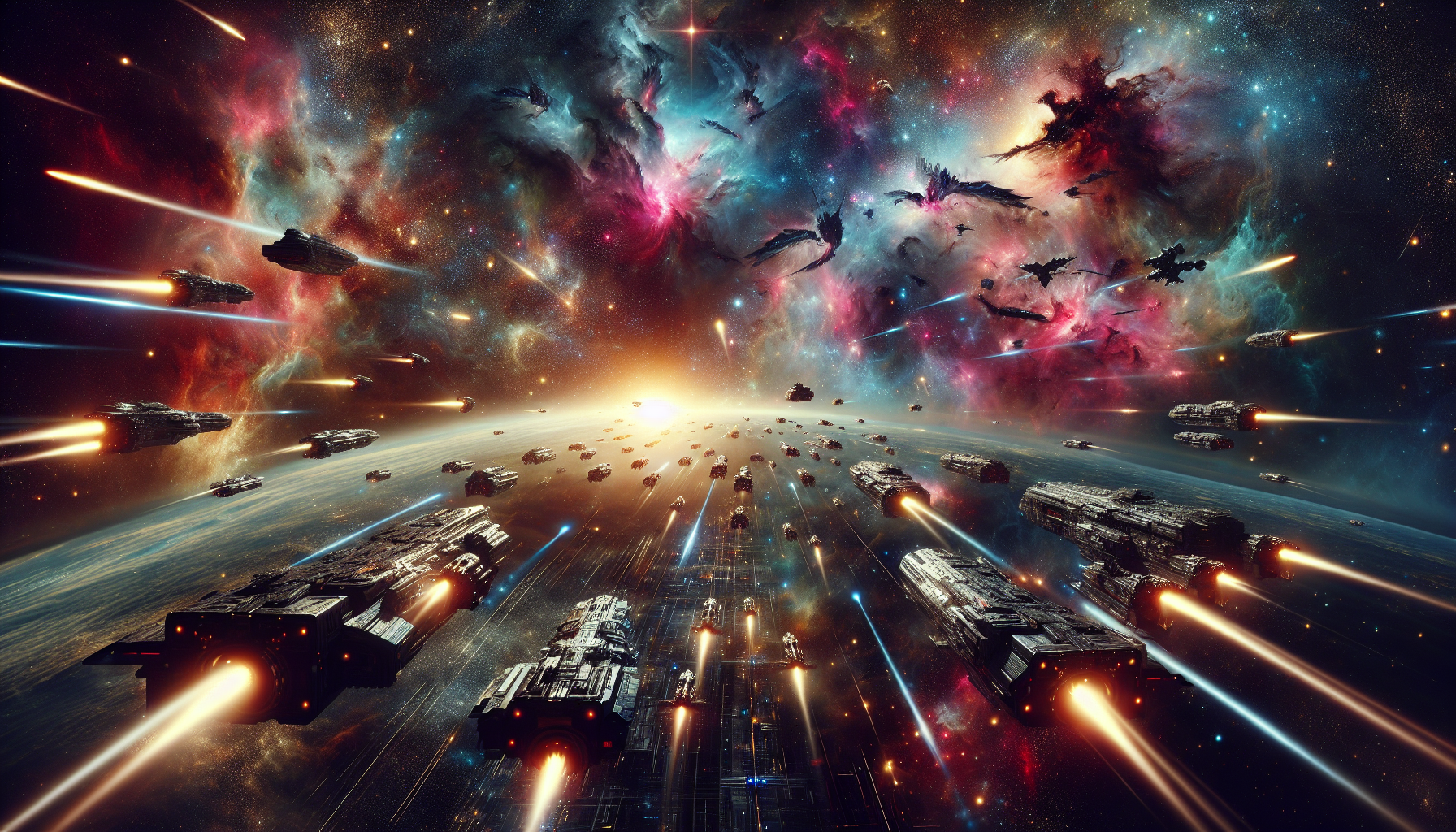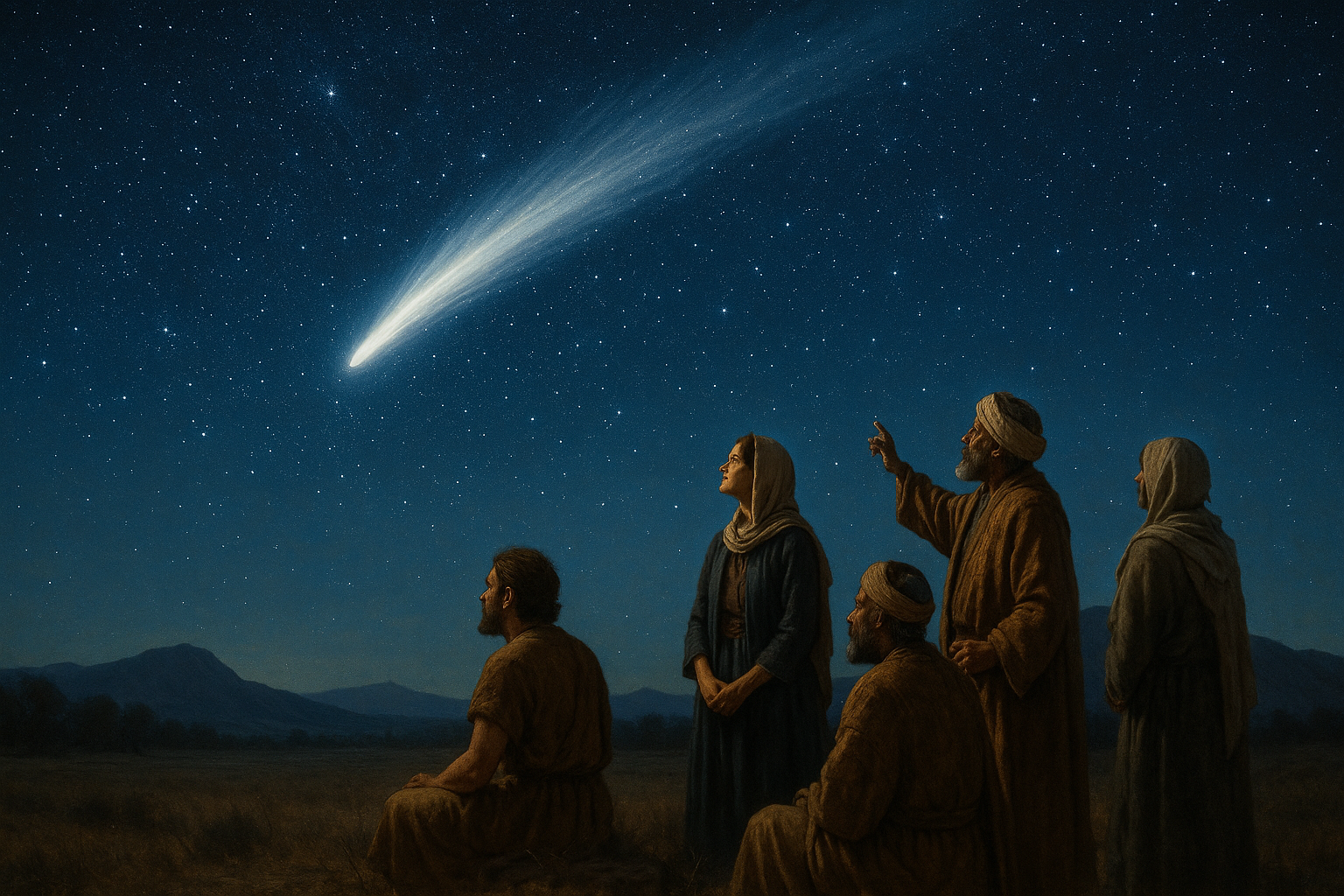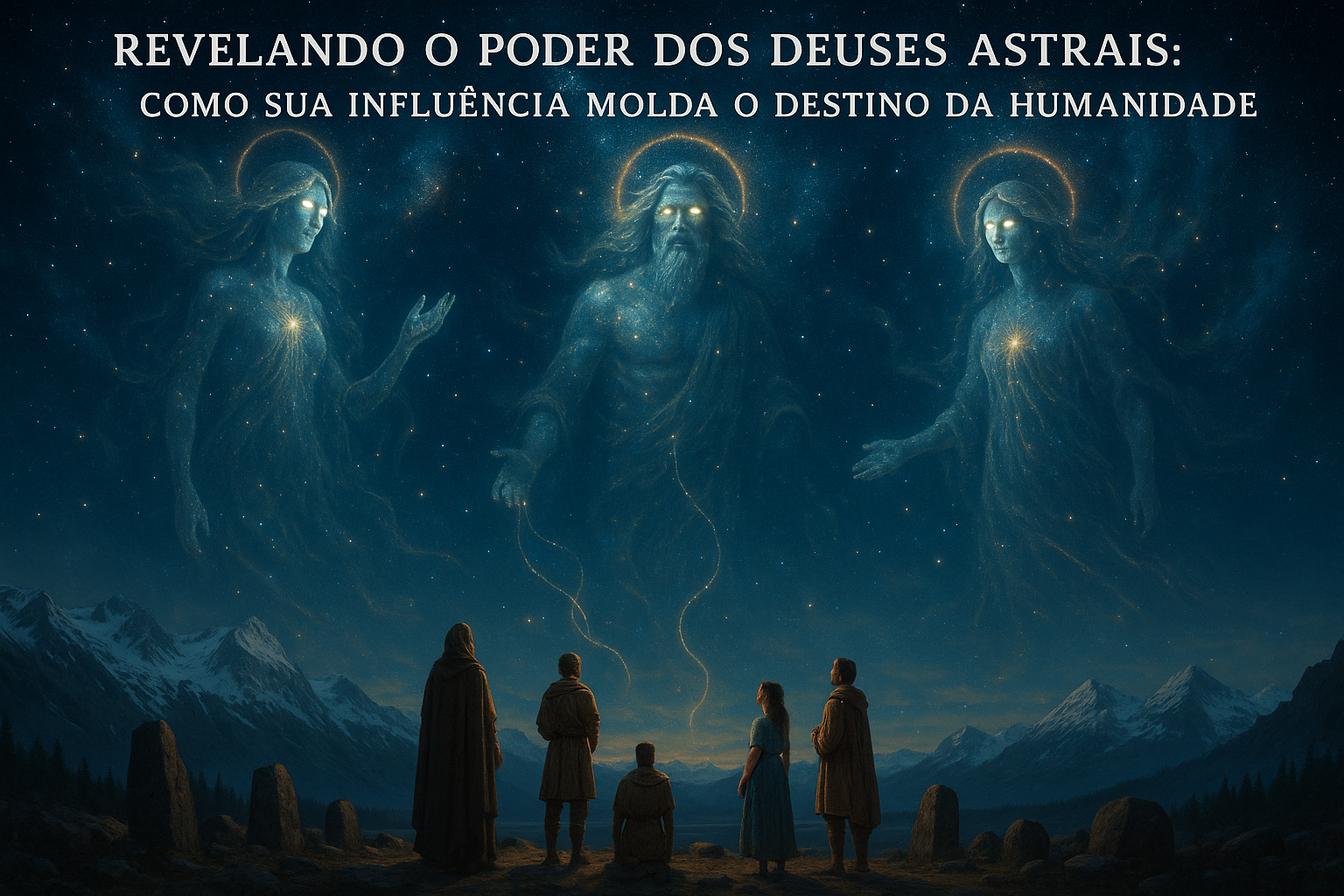In the vast expanse of the cosmos, where silence reigns supreme and the twinkle of distant stars paints a tapestry of wonder, lies a theater of conflict more grandiose than any earthly battlefield. Welcome to the realm of celestial warfare—a narrative woven into the very fabric of the universe, where the protagonists are not humans, but celestial bodies of unimaginable power and beauty. From the fiery embrace of colliding galaxies to the relentless dance of black holes, these are not mere tales of destruction, but epic sagas of creation, evolution, and transformation. In this blog post, we embark on an enthralling journey through the cosmos, revealing stories of epic confrontations and cosmic phenomena that challenge our understanding of the universe. 🌌
Imagine, for a moment, the cataclysmic collision of two galaxies—a slow-motion ballet taking place over billions of years. As these titanic structures merge, stars are flung from their orbits, new stars are born, and supermassive black holes at their centers spiral toward an inevitable union. This cosmic choreography is not just a spectacle of raw power; it is a process that seeds the universe with the potential for new life. Alongside these galactic encounters, we delve into the mysteries of neutron stars—remnants of supernovae whose dense cores engage in fierce battles, sending ripples of gravitational waves across spacetime. These cosmic collisions and their aftermath are not mere curiosities; they are fundamental to the ongoing saga of the universe, playing a crucial role in the cosmic cycle of death and rebirth.
As we journey through these epic tales of celestial warfare, we will explore the key players and forces at work in the cosmos. From the enigmatic forces of gravity and dark matter that orchestrate these cosmic events to the pioneering astronomers and scientists who have dedicated their lives to unraveling these mysteries, each chapter in this celestial saga offers a deeper understanding of the universe. We will examine the technological marvels that enable us to witness these events, from powerful telescopes peering deep into space to advanced simulations that allow us to recreate these battles in silico. Join us as we uncover the astonishing stories of the universe’s most epic battles—a testament to the power, beauty, and complexity of the cosmos. Prepare to be amazed, as we reveal the celestial warfare tales that have shaped the very universe we call home. 🌠
The Dawn of Celestial Warfare
In the vast expanse of the universe, where countless stars shine like diamonds against the black canvas of space, tales of cosmic warfare emerge as both legend and reality. Celestial warfare is a concept that has fascinated humans for centuries, fueling imaginations with visions of epic battles among the stars. This notion encompasses not just fictional narratives but also scientific discussions about the potential for interstellar conflict, both in the past and the future. In this section, we delve into the origins and evolution of celestial warfare, setting the stage for understanding its significance in both cultural and scientific contexts.
The idea of battles among celestial bodies is not new. Ancient civilizations often anthropomorphized stars and planets, attributing them with divine powers and engaging them in epic tales of conflict. The Greeks, for example, wove intricate stories involving gods who resided in the heavens, each with their own agenda and alliances. These myths were not merely stories but served as explanations for natural phenomena and human existence. The celestial narratives were rich with symbolism, where stars and planets represented deities and cosmic forces in constant struggle. Such tales laid the groundwork for how humanity perceived the universe and our place within it.
As our understanding of the cosmos expanded with advancements in science and technology, the concept of celestial warfare evolved from myth to a speculative reality. Theoretical discussions about alien civilizations and the potential for intergalactic conflict began to surface. Scientists and astronomers pondered the possibilities of life beyond Earth, considering both the peaceful and hostile encounters that might ensue. With the discovery of exoplanets and the increasing probability of habitable worlds, the idea of celestial warfare transitioned from mythological storytelling to scientific hypothesis. These discussions are not just rooted in speculation but are based on observations and data collected from the far reaches of our galaxy.
The Mythological Foundations
Mythology has always been a powerful tool for explaining the unknown, and celestial warfare is no exception. The stories crafted by ancient cultures about the cosmos were rich in detail and imagination, serving both as entertainment and a means of understanding the universe. Many of these narratives were centered around the concept of conflict, where gods and celestial beings engaged in battles that reflected human struggles and moral dilemmas. These myths often depicted the universe as a battleground where cosmic forces clashed, influencing the fate of the world and its inhabitants.
In the mythologies of ancient Greece, for instance, the heavens were populated by a pantheon of gods and goddesses who were in constant conflict. Zeus, the king of the gods, wielded lightning bolts forged by the Cyclopes, using them in battles against titans and other celestial entities. Such stories were not merely fanciful tales but were deeply ingrained in the cultural fabric of Greek society, providing explanations for natural events and serving as allegories for human behavior. The notion of celestial warfare in these myths highlighted the unpredictability of the universe and the belief that divine forces were at play in shaping human destiny.
Other cultures also contributed to the mythological tapestry of celestial warfare. In Hindu mythology, the battles between devas (gods) and asuras (demons) were depicted as cosmic events that spanned both the heavens and the earth. These stories were rich with symbolism, where the struggle between good and evil played out on a cosmic scale. The celestial battles were often described in vivid detail, with gods wielding celestial weapons and riding divine chariots across the skies. Such tales not only entertained but also conveyed moral and philosophical lessons, reflecting the values and beliefs of the societies that created them.
Science Meets Speculation: The Possibility of Real Interstellar Conflict
As humanity’s understanding of the universe has grown, so too has the scientific inquiry into the possibility of interstellar conflict. While still largely speculative, the concept of real celestial warfare raises important questions about the nature of intelligence, life, and conflict beyond Earth. Theoretical physicists and astronomers have explored the potential for contact with extraterrestrial civilizations, considering both peaceful and hostile scenarios. This section examines the scientific basis for these discussions and the implications of real interstellar warfare.
One of the key scientific discussions around celestial warfare is the Fermi Paradox, which questions why, given the vast number of stars and potential habitable planets, we have not yet encountered any signs of extraterrestrial life. Some theories suggest that advanced civilizations may be deliberately avoiding contact, perhaps due to the threat of conflict. This “dark forest” theory posits that the universe is a dangerous place, where civilizations must remain hidden to survive. In such a scenario, interstellar warfare becomes a possibility, as civilizations might engage in preemptive strikes to eliminate potential threats.
Another scientific consideration is the concept of the Kardashev Scale, which measures a civilization’s level of technological advancement based on its ability to harness energy. A Type I civilization can use all available energy on its home planet, a Type II can harness the energy of its star, and a Type III can control energy on a galactic scale. The existence of advanced civilizations at these levels could potentially lead to conflicts over resources and territory, as they expand their reach across the cosmos. While these scenarios remain speculative, they provide a framework for understanding the potential dynamics of interstellar warfare.
Technological Advancements and Warfare
The advancement of technology is a double-edged sword in the context of celestial warfare. On one hand, it provides the means for exploration and potential peaceful contact with extraterrestrial civilizations. On the other, it could lead to the development of powerful weapons and technologies that could be used in interstellar conflict. The potential for such technologies raises important ethical and strategic considerations, as humanity grapples with the implications of contact with other civilizations.
In recent years, there have been significant advancements in space technology, including the development of propulsion systems capable of reaching distant stars and the construction of telescopes capable of detecting signs of life on exoplanets. These technologies open up new possibilities for exploration and communication, but they also raise questions about the potential for conflict. For example, the development of space-based weapons systems could lead to an arms race in space, as nations seek to protect their interests and assert their dominance in the cosmos.
Moreover, the potential for artificial intelligence (AI) to play a role in celestial warfare cannot be overlooked. AI systems could be used to control and operate spacecraft, analyze data from distant stars, and even engage in strategic decision-making during conflicts. The ethical implications of using AI in warfare are significant, as they raise questions about accountability, decision-making, and the potential for unintended consequences. As humanity continues to explore the universe, it must carefully consider the role of technology in both fostering peaceful contact and preventing conflict.
Cultural Reflections: Celestial Warfare in Literature and Media
Celestial warfare has been a rich source of inspiration for literature and media, capturing the imagination of audiences worldwide. From epic space operas to thought-provoking science fiction novels, the concept of interstellar conflict has been explored in a variety of forms, reflecting both our hopes and fears about the future. This section delves into the cultural impact of celestial warfare, examining how it has been portrayed in literature, film, and other media.
One of the most iconic depictions of celestial warfare is found in the Star Wars saga, a cultural phenomenon that has captivated audiences for decades. The epic battles between the Rebel Alliance and the Galactic Empire, set against the backdrop of a galaxy far, far away, have become emblematic of the genre. The series explores themes of good versus evil, the struggle for freedom, and the consequences of power, all set within the context of a sprawling interstellar conflict. Star Wars has not only entertained but has also influenced generations of filmmakers and writers, shaping the way we envision celestial warfare.
In literature, authors such as Isaac Asimov and Arthur C. Clarke have explored the possibilities of interstellar conflict through thought-provoking narratives. Asimov’s Foundation series, for example, delves into the rise and fall of a galactic empire, exploring the complexities of power, politics, and war. Clarke’s works, such as 2001: A Space Odyssey, ponder the potential for contact with advanced civilizations and the implications of such encounters. These stories challenge readers to consider the possibilities of life beyond Earth and the potential for conflict in a universe teeming with intelligent life.
The Role of Media in Shaping Perceptions
The portrayal of celestial warfare in media has a profound impact on how we perceive the universe and our place within it. Through film, television, and other forms of media, audiences are transported to distant worlds and immersed in epic battles that challenge their understanding of conflict and cooperation. These narratives not only entertain but also provoke thought and discussion about the nature of warfare, the potential for peaceful contact, and the ethical implications of interstellar conflict.
One of the key ways media shapes perceptions is through the use of visual and auditory storytelling. Films like Star Wars and television series like Star Trek use cutting-edge special effects and compelling narratives to create immersive experiences that captivate audiences. These stories often highlight the potential for both conflict and cooperation, depicting a universe where civilizations must navigate complex alliances and rivalries. By presenting these narratives in a visually and emotionally engaging way, media has the power to shape public perceptions of celestial warfare and the possibilities of life beyond Earth.
Moreover, media plays a role in reflecting and influencing societal values and beliefs about warfare and conflict. By exploring themes of good versus evil, justice, and redemption, stories of celestial warfare often mirror the moral and ethical dilemmas faced by humanity. They challenge audiences to consider the consequences of war and the potential for peace, both on Earth and in the cosmos. Through these narratives, media serves as a powerful tool for exploring the complexities of interstellar conflict and the potential for peaceful coexistence in the universe.
Imagining the Future: Potential Scenarios of Celestial Warfare
As we look to the future, the potential for celestial warfare raises important questions about the nature of conflict and cooperation in the universe. While still largely speculative, imagining scenarios of interstellar conflict allows us to explore the possibilities of life beyond Earth and the challenges that may arise as humanity ventures into the cosmos. In this section, we examine potential scenarios of celestial warfare, considering both the risks and opportunities that such conflicts might present.
One potential scenario is the emergence of a galactic community, where civilizations from across the universe come together to share knowledge, resources, and culture. In this scenario, celestial warfare might arise from tensions between different civilizations, as they navigate complex political alliances and rivalries. Conflicts over territory, resources, and ideological differences could lead to interstellar warfare, as civilizations vie for power and influence in the galaxy. While such conflicts would pose significant challenges, they also offer opportunities for cooperation and collaboration, as civilizations work together to prevent war and promote peace.
Another scenario is the discovery of a hostile alien civilization, posing a direct threat to humanity and other peaceful civilizations in the galaxy. In this scenario, celestial warfare might arise from the need to defend against an aggressive and technologically advanced adversary. Such conflicts could involve the use of advanced weapons and technologies, as well as strategic alliances between different civilizations. While the risks of such conflicts are significant, they also highlight the importance of cooperation and diplomacy in addressing common threats and ensuring the survival of intelligent life in the universe.
The Ethical Implications of Celestial Warfare
As we consider the potential for celestial warfare, it is important to address the ethical implications of interstellar conflict. The development and use of advanced technologies in warfare raise important questions about responsibility, accountability, and the potential for unintended consequences. As humanity ventures into the cosmos, it must grapple with the moral and ethical challenges posed by the possibility of celestial warfare.
One of the key ethical considerations is the potential for collateral damage in interstellar conflict. The use of powerful weapons and technologies could have devastating consequences for both combatants and non-combatants, as well as for the environment and the stability of the galaxy. Ensuring that conflicts are conducted in a way that minimizes harm and respects the rights and dignity of all beings is a critical ethical challenge that must be addressed.
Moreover, the potential for celestial warfare raises questions about the responsibility of advanced civilizations to promote peace and prevent conflict. As humanity becomes a spacefaring civilization, it must consider its role in shaping the future of the galaxy and the potential for peaceful coexistence with other civilizations. This includes exploring diplomatic solutions to conflicts, promoting cooperation and understanding, and ensuring that the benefits of technological advancement are used for the greater good.
| Aspect | Mythological Celestial Warfare | Scientific Celestial Warfare |
|---|---|---|
| Source of Conflict | Divine and cosmic forces | Territorial and resource disputes |
| Resolution | Often involves divine intervention | Diplomacy, alliances, or warfare |
| Impact on Society | Moral and philosophical lessons | Technological and ethical considerations |
For a deeper dive into the concept of celestial warfare and its portrayal in media, watch this insightful video: Epic Battles in Space: Exploring Celestial Warfare – SciFi Central.
As you continue to explore the rich tapestry of celestial warfare, consider how these narratives reflect our understanding of the universe and the potential for life beyond Earth. The stories of interstellar conflict, whether rooted in myth or science, challenge us to consider the possibilities of our future in the cosmos and the ethical implications of our actions as we reach for the stars.

Conclusion
The exploration of celestial warfare, as revealed in “Battle Among the Stars: Epic Celestial Warfare Tales,” has been an exhilarating journey through time and space. This article embarked on a quest to unravel the grand tales of cosmic conflicts that have fascinated humanity for centuries. We delved into the mythology, scientific theories, and cultural impacts of these epic battles, discovering how they continue to shape our understanding of the universe.
To begin, we explored the mythological roots of celestial warfare. Ancient civilizations, from the Greeks to the Hindus, have long imagined the stars as battlegrounds where gods and titans clashed. These stories were more than mere tales; they provided frameworks for understanding the cosmos and humanity’s place within it. The myths underscored the timeless nature of our fascination with the stars and the eternal battles that unfold above us.
Next, we examined how modern science has reinterpreted these myths through the lens of astronomy and astrophysics. The universe, as understood today, is a dynamic arena of stellar evolution, black hole collisions, and galactic interactions. These scientific insights reveal that the cosmos is not a static place but one of continuous creation and destruction, echoing the ancient tales of celestial warfare. The collision of galaxies and the life cycles of stars remind us of the immense forces at play in the universe, mirroring the epic battles of myth.
The article also highlighted the cultural significance of celestial warfare in contemporary society. From literature to film, the motif of cosmic conflict is prevalent, influencing a wide range of media. These narratives often serve as allegories for human struggles, reflecting our desires, fears, and aspirations. They remind us of the endless potential for storytelling that the cosmos provides and the universal themes of conflict and resolution that resonate with audiences worldwide.
Importantly, we discussed the technological advancements that have allowed humanity to observe these celestial events with unprecedented clarity. Telescopes and space missions have opened windows to the universe, providing evidence of cosmic phenomena that were once relegated to the realm of imagination. The ability to observe and study these events has enriched our scientific understanding and fueled our curiosity about the universe.
Reinforcing the importance of this topic, the article argues that understanding celestial warfare is not merely an academic exercise but a means to foster a deeper connection with the universe. These stories and discoveries encourage us to ponder profound questions about existence, creation, and our role in the cosmos. They inspire wonder and curiosity, driving scientific inquiry and cultural creativity.
As we conclude this exploration, it is essential to reflect on the transformative power of these tales of cosmic conflict. They challenge us to look beyond our earthly concerns and consider the vastness of the universe. They remind us of the beauty and complexity of the cosmos and our place within it. In this way, celestial warfare serves as a bridge between science and art, fact and fiction, inspiring both scientific exploration and imaginative storytelling.
To the reader, I encourage you
Toni Santos is a visual storyteller and cosmic interpreter whose work illuminates the ancient skywatchers and their prehistoric astronomy—the profound ways early humans observed and revered the heavens before written history. Through a visionary lens, Toni explores how the stars, planets, and celestial cycles shaped myth, ritual, and survival in cultures lost to time.
Rooted in a fascination with archaic observatories, stone alignments, and celestial symbolism, Toni’s creative journey reveals the deep human impulse to understand and harmonize with the cosmos. From lunar phases guiding planting seasons to the sacred paths of the Milky Way, each of his works embodies the awe and knowledge encoded in the night sky.
Combining artistic craftsmanship with archaeological insight, Toni’s pieces evoke the mystery and precision of prehistoric astronomers. His work does more than depict—it channels the timeless dance between earth and sky, bridging ancient wisdom with contemporary wonder.
As the visionary behind Vizovex, Toni shares curated visuals, essays, and symbolic studies that invite others to reconnect with the cosmic heritage written in stone and starlight. His creations are a call to look upward, to listen to the silent stories told by the stars, and to honor the first astronomers who mapped the heavens with reverence and ingenuity.
His work is a tribute to:
The celestial wisdom of prehistoric peoples
The sacred geometry of ancient observatories
The enduring bond between human culture and the cosmos
Whether you’re a stargazer, a scholar of ancient mysteries, or someone captivated by the universe’s earliest storytellers, Toni welcomes you to journey through a space where the sky is both map and myth—one constellation, one ritual, one revelation at a time.




